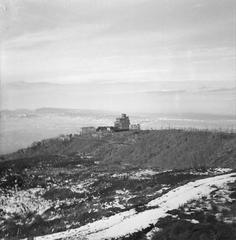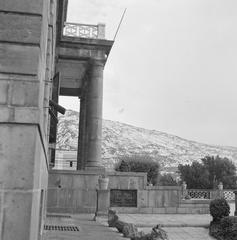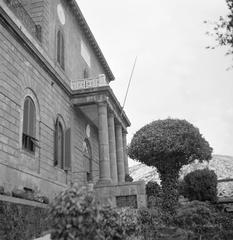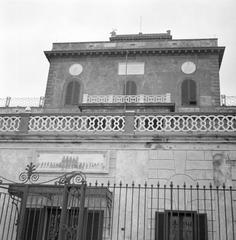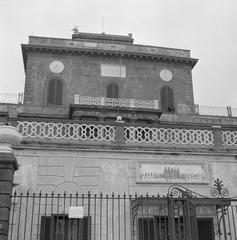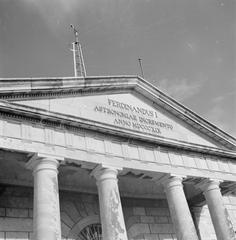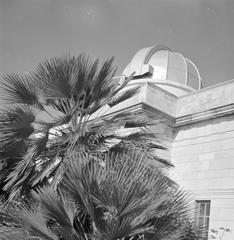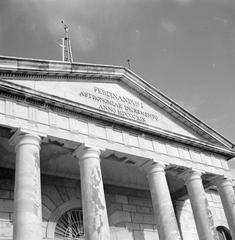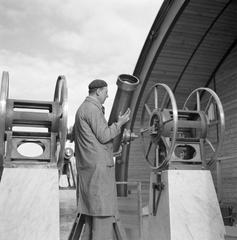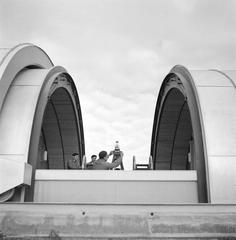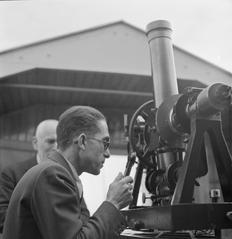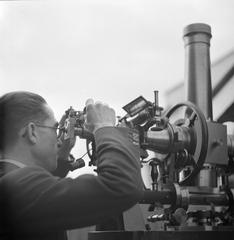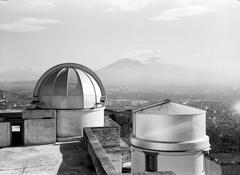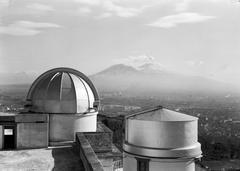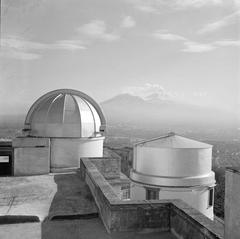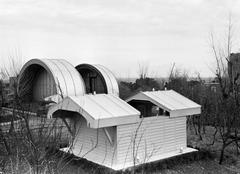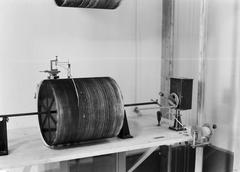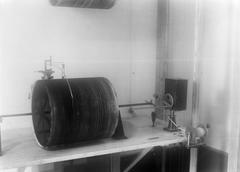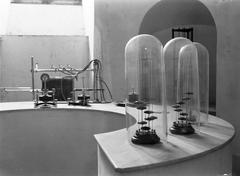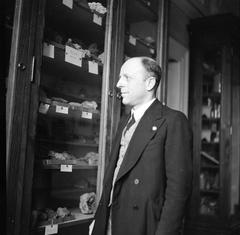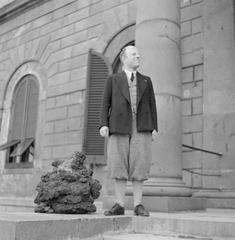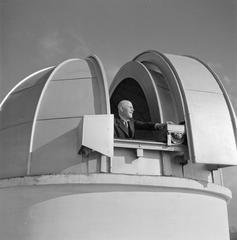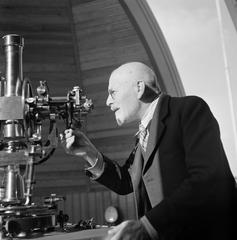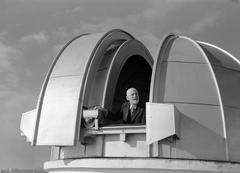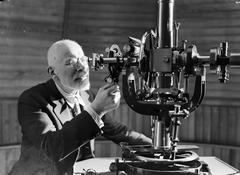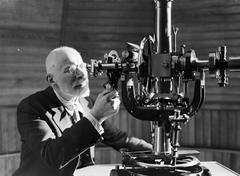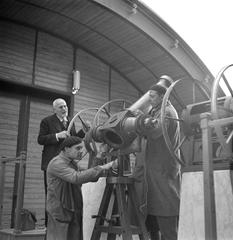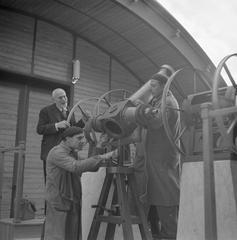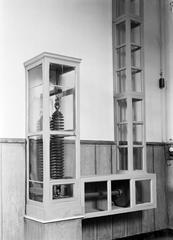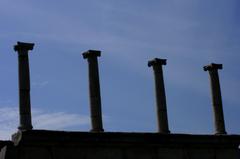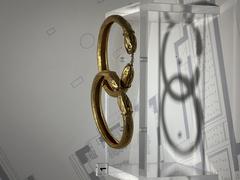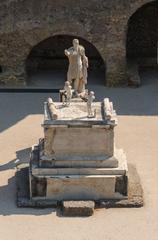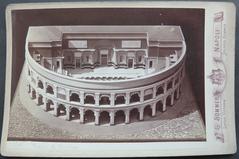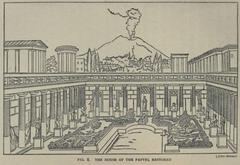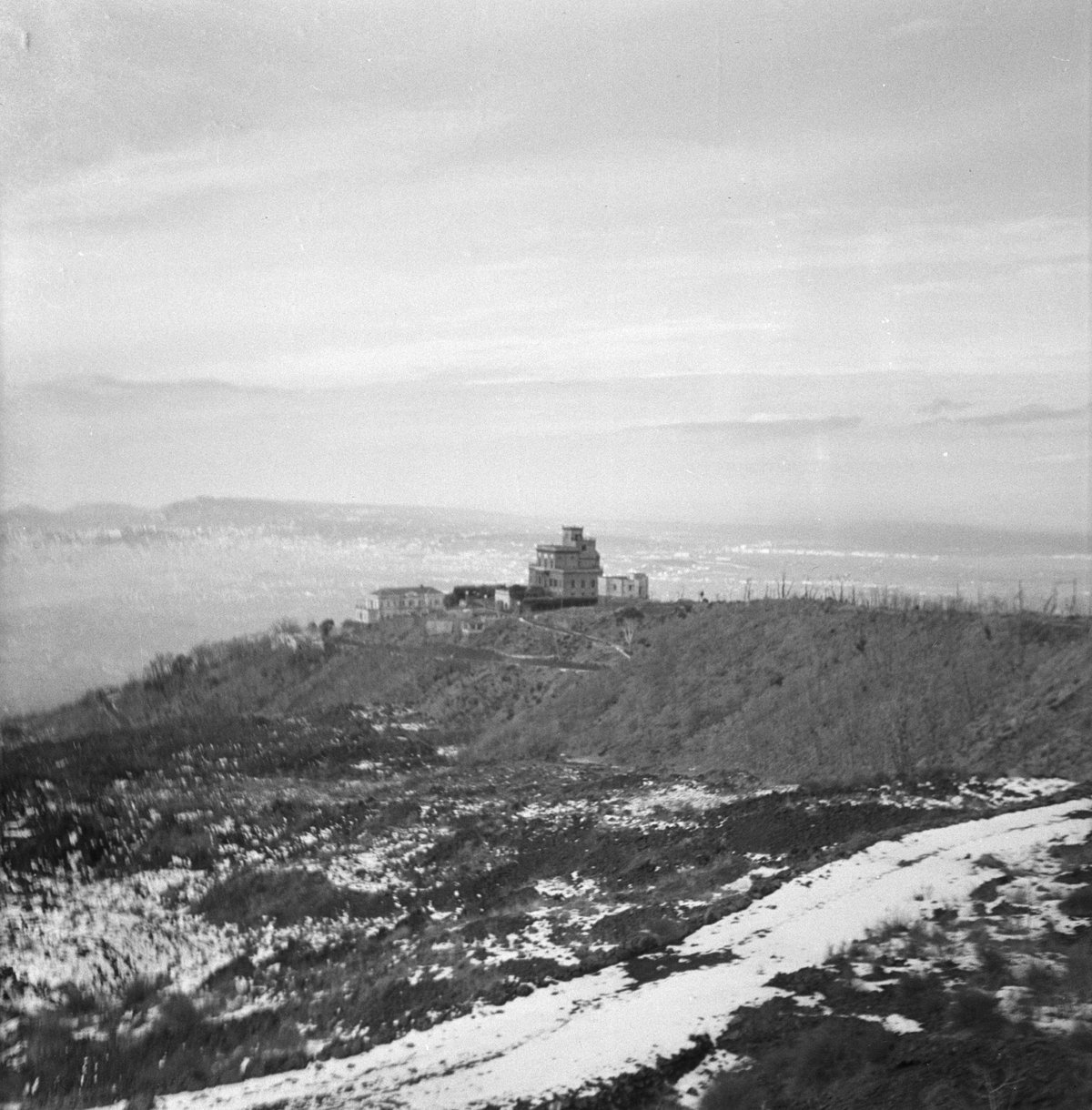
Visiting the Vesuvius Observatory & Herculaneum, Italy: The Essential Guide
Date: 14/06/2025
Introduction
Perched on the slopes of the iconic Mount Vesuvius, near Naples, the Vesuvius Observatory (Osservatorio Vesuviano) stands as the world’s oldest volcanological institute, founded in 1841 by King Ferdinand II of the Two Sicilies. This scientific landmark has pioneered the study of volcanic activity and remains at the forefront of monitoring one of the planet’s most threatening volcanoes. The Observatory is not only a beacon of research and civil protection but also offers visitors sweeping vistas of the volcano and the Gulf of Naples, making it a must-see site for travelers to Campania (Napolike; sa2025.iavceivolcano.org).
Nearby, the archaeological marvel of Herculaneum provides a remarkably well-preserved glimpse into Roman life, frozen in time by the AD 79 eruption. Together, these sites offer a unique convergence of scientific innovation, ancient culture, and spectacular natural landscapes (Italia.it; Think Stewartville).
This guide delivers all the essential details for planning a memorable visit: Observatory hours, ticketing, accessibility, guided tours, transportation, and practical tips. It also explores the Observatory’s scientific contributions, the wonders of Herculaneum, and how to combine these highlights for an enriching experience (Parco Nazionale del Vesuvio; INGV; Protezionecivile.gov.it).
Historical Overview of the Vesuvius Observatory
Founded in 1841, the Vesuvius Observatory institutionalized volcanic study, transitioning from anecdotal observations to systematic research and monitoring. Its establishment set a global precedent, with its early work informing both scientific understanding and public safety procedures (Napolike; sa2025.iavceivolcano.org).
Notable Directors and Scientific Contributions
Over the decades, the Observatory has been led by pioneering scientists:
- Macedonio Melloni: Advanced research on radiant heat.
- Luigi Palmieri: Invented the electromagnetic seismograph in 1856, revolutionizing volcanic monitoring.
- Giuseppe Mercalli: Developed the Mercalli intensity scale for earthquakes.
These contributions have shaped global volcanology and seismology.
Role in Monitoring Mount Vesuvius
Vesuvius is among the most closely observed volcanoes due to its proximity to densely populated Naples. The Observatory has documented significant eruptions, including the notorious AD 79 event and the last major eruption in 1944 (Italy Sights; Euro Weekly News; Protezionecivile.gov.it). The Observatory’s real-time monitoring and research are vital for civil protection and disaster preparedness.
Visiting the Vesuvius Observatory: Practical Information
Location & How to Get There
- Address: Colle del Salvatore, Ercolano (Herculaneum), Campania, Italy
- By Car: 20–25 minutes from central Naples; parking is available at 800 meters altitude, with shuttle service to higher elevations.
- By Public Transport: Circumvesuviana train to Ercolano Scavi station, followed by Vesuvio Express shuttle or local bus.
- By Taxi: Fastest, but more expensive.
Shuttle services, such as Vesuvio Express, connect Herculaneum with the Observatory and crater access points. Tickets for shuttles and Observatory entry should be booked in advance (vesuviopark.vivaticket.it).
Visiting Hours & Ticketing
- Hours: Generally open Tuesday–Sunday, 9:00 AM–4:00/6:00 PM (varies by season). Closed on Mondays and public holidays. Always check the official website for updates.
- Tickets: €10 for adults, €8 for youth under 25 (with valid ID), free for children under 6 and for visitors with 100% disability certification (plus one companion). Tickets are nominative and must be purchased online in advance.
Entry is permitted 30 minutes before your scheduled time; late arrivals may be denied.
Accessibility
The Observatory has taken steps to improve accessibility, with ramps and accessible restrooms. However, due to the historic building and uneven terrain, some areas may be difficult for those with limited mobility. Contact in advance for specific needs.
Onsite Facilities
- Restrooms: Available at the trailhead; limited beyond this point.
- Café/Gift Shop: At the trailhead.
- Parking: Paid parking at 800 meters.
- Museum: Houses scientific instruments, seismographs, and historic documents.
The Observatory Museum: Highlights and Visitor Experience
- Historic Seismographs: Including Palmieri’s 1856 electromagnetic seismograph.
- Allegorical Frescoes: Depicting Minerva, Prometheus, Aeolus, and Vulcan.
- Panoramic Terraces: Formerly used for volcanic observation, now prime for photography.
- Historic Sundials and Gardens: Offer scientific and artistic interest (INGV Press Note).
Guided tours (in Italian and English) can be booked in advance, offering expert insights into volcanology, the Observatory’s legacy, and ongoing research (OV INGV).
Herculaneum: The Archaeological Marvel Nearby
Herculaneum, a UNESCO World Heritage Site, lies at the foot of Vesuvius. Its preservation, due to deep volcanic deposits, allows for a rare look at intact Roman buildings, mosaics, wooden structures, and even scrolls from the Villa dei Papiri (Italia.it).
The Herculaneum Papyri & Villa dei Papiri
Hundreds of carbonized papyrus scrolls were discovered here—the only surviving ancient Greco-Roman library. Modern X-ray imaging and AI have enabled scholars to virtually “unwrap” these texts, revealing lost philosophical works (Think Stewartville; BBC News).
Tickets & Visiting Info
- Hours: 9:00 AM–7:30 PM (summer), 9:00 AM–5:00 PM (winter)
- Tickets: Purchase online for timed entry; guided tours available.
- Accessibility: Some areas may be challenging for those with mobility issues.
Travel Tips and Best Times to Visit
- Spring & Early Autumn: Best for mild weather and smaller crowds.
- Summer: Hot; visit early or late for cooler temperatures.
- Winter: Some restrictions possible due to weather.
What to Bring: Sturdy shoes, layered clothing, sun protection, water, snacks, camera, and tissue (restrooms are basic).
Combining Attractions: Many visitors pair the Observatory with Herculaneum or Pompeii. Combined tickets and guided tours are available from major cities (Pompeii Tickets; That Backpacker).
Safety and Conduct
- Active Volcano: Vesuvius is actively monitored. Access may be restricted during increased activity (Protezionecivile).
- Emergency Procedures: Follow staff instructions and posted guidelines.
- Respect for the Site: Both the Observatory and Herculaneum are historic and scientific treasures—handle with care and follow rules.
Frequently Asked Questions (FAQ)
Q: What are the Vesuvius Observatory visiting hours?
A: Typically 9:00–16:00/18:00 depending on season. Check the official website for updates.
Q: How do I buy tickets?
A: Tickets must be purchased online in advance at vesuviopark.vivaticket.it.
Q: Can I combine my visit with Herculaneum or Pompeii?
A: Yes, many tours include both sites. Combined tickets and transfers are available.
Q: Is the Observatory accessible?
A: Partially—contact the site for details if you have mobility concerns.
Q: Are guided tours available?
A: Yes, in multiple languages. Book in advance.
Conclusion
A visit to the Vesuvius Observatory and Herculaneum is a journey through scientific discovery and ancient civilization. The Observatory’s legacy as the world’s oldest volcanological institute and its pivotal role in monitoring Vesuvius are complemented by the nearby archaeological wonders of Herculaneum and Pompeii. Plan ahead—book tickets online, check current hours, and prepare for your adventure with the right gear. For the latest updates and immersive experiences, download the Audiala app and follow official channels.
For real-time information and bookings, always consult the official Vesuvius National Park website.
Related Articles
- Exploring Pompeii: A Complete Visitor’s Guide
- Hiking Mount Vesuvius: Tips and Trails
- Top Historical Sites to Visit in Campania
Sources
- Napolike, 2024, Osservatorio Vesuviano,
- IAVCEI SA2025, 2024, Napoli Vesuvio Field Trip,
- Italy Sights, 2025, Mount Vesuvius Monitoring,
- Euro Weekly News, 2025, Scientists’ Warning on Vesuvius,
- Protezionecivile.gov.it, 2025, Vesuvius Initiatives and Events,
- Parco Nazionale del Vesuvio, 2025, Museum and Archaeological Areas,
- Italia.it, 2025, Herculaneum Visitor Information,
- Think Stewartville, 2025, Herculaneum Papyri Technology,
- BBC News, 2025, Advances in Ancient Manuscript Analysis,
- MAV Official Site, 2025, Virtual Archaeological Museum,
- Museo Contadino, 2025, Peasant Museum,
- HSC Cities of Vesuvius, 2025, Tourism and Conservation,
- INGV, 2020, Vesuvius Observatory Museum,
- INGV Press Note, 2020, Vesuvian Observatory Overview,
- Protezionecivile, 2025, Vesuvius Monitoring and Safety,
For best accessibility and SEO, include images with alt text such as “Vesuvius Observatory visiting hours” or “Herculaneum historical sites.” Interactive maps and multimedia enhance the user experience.
